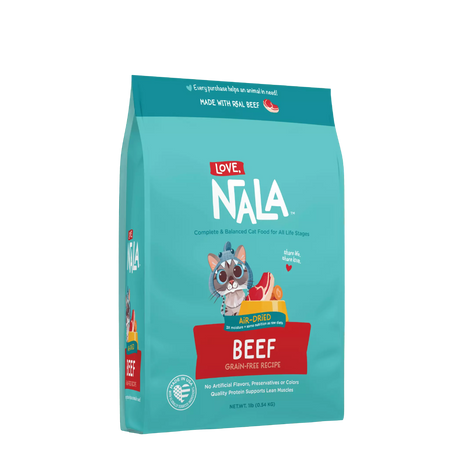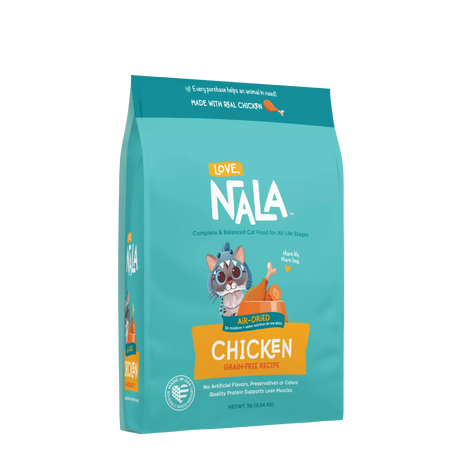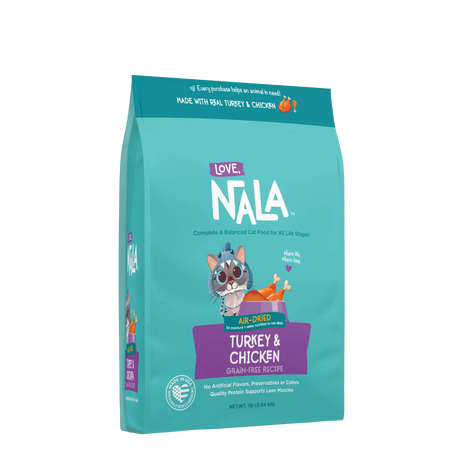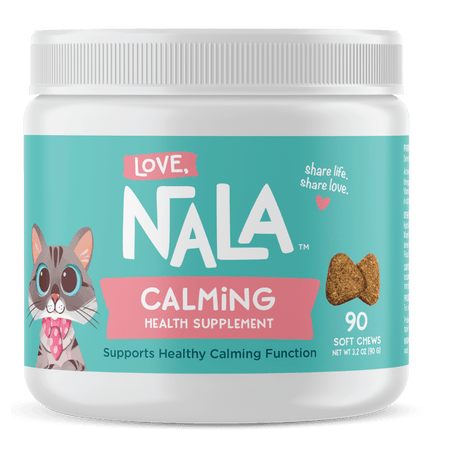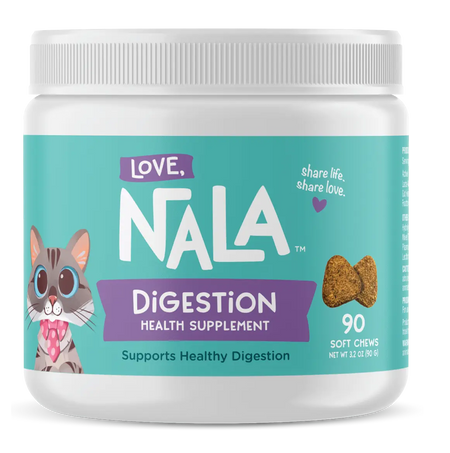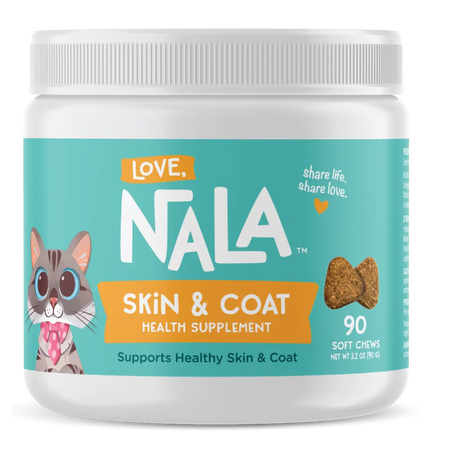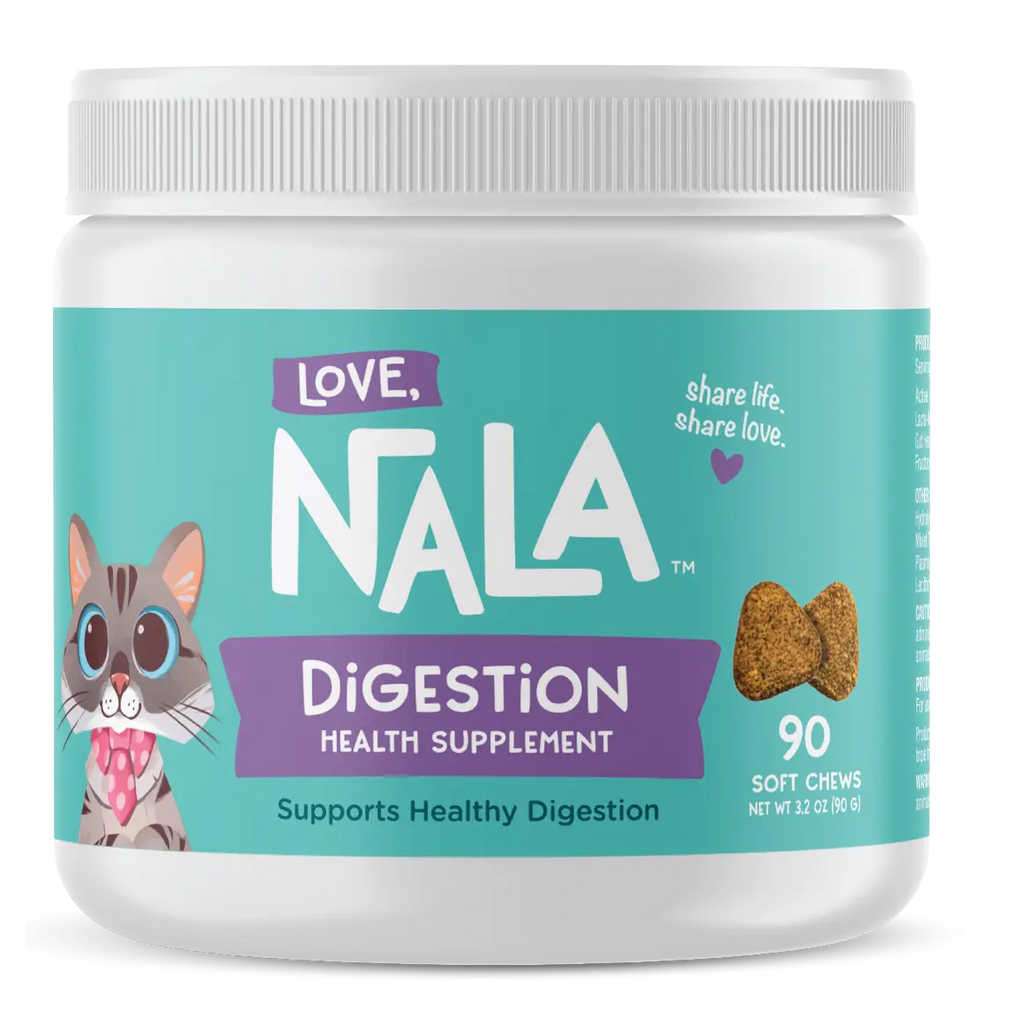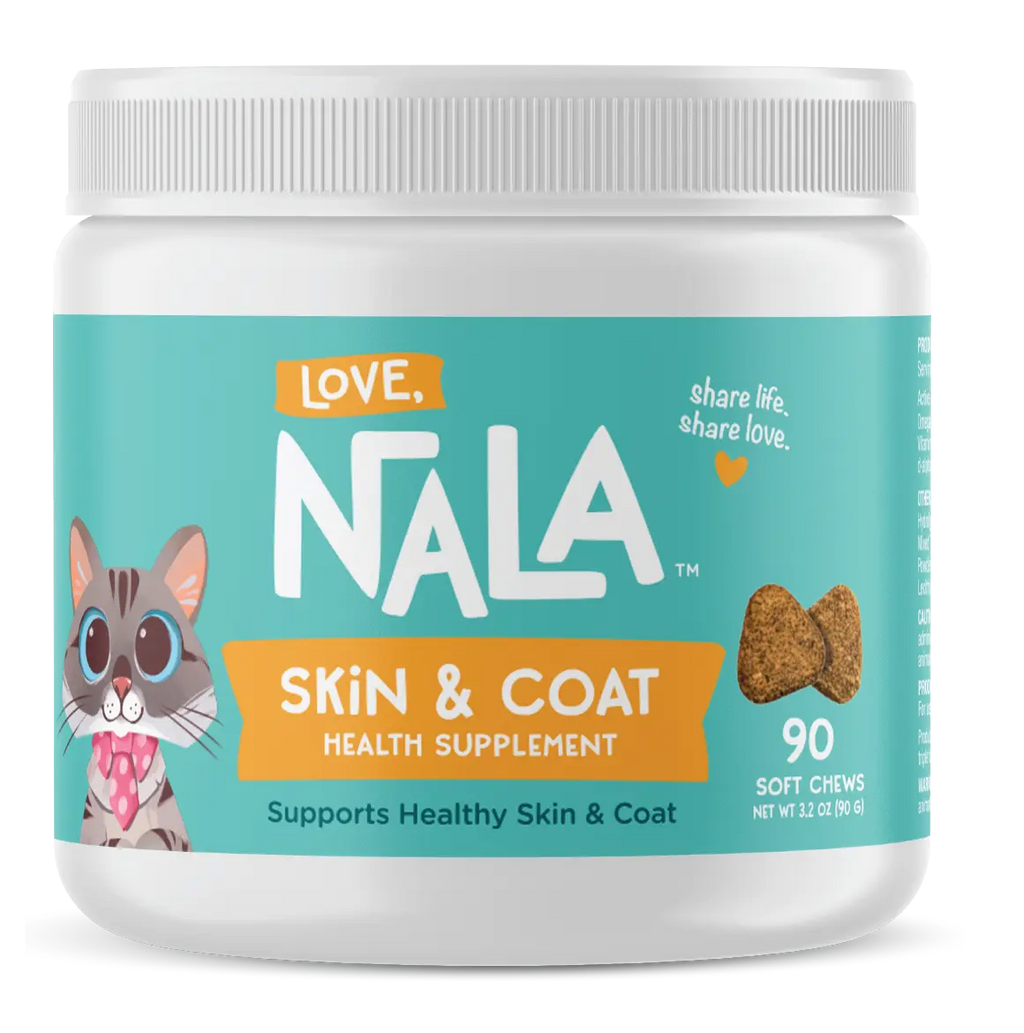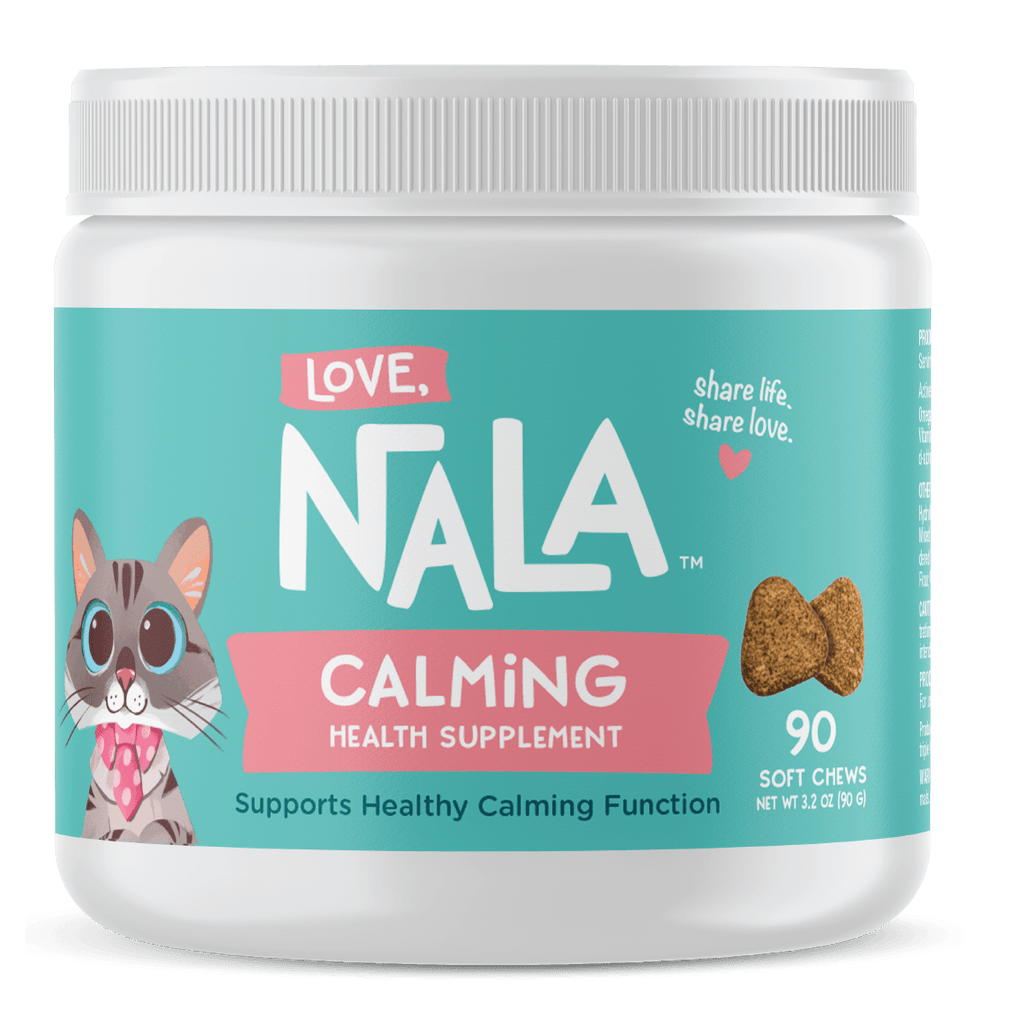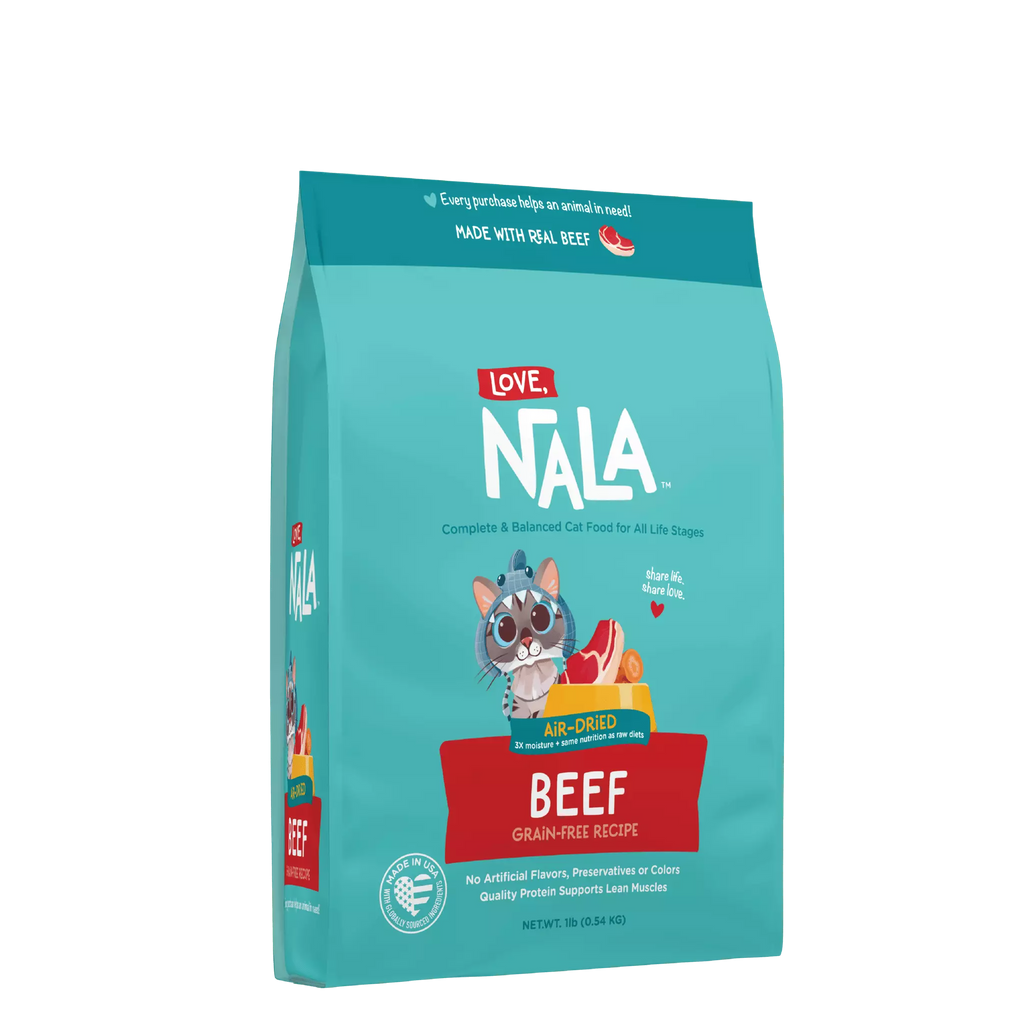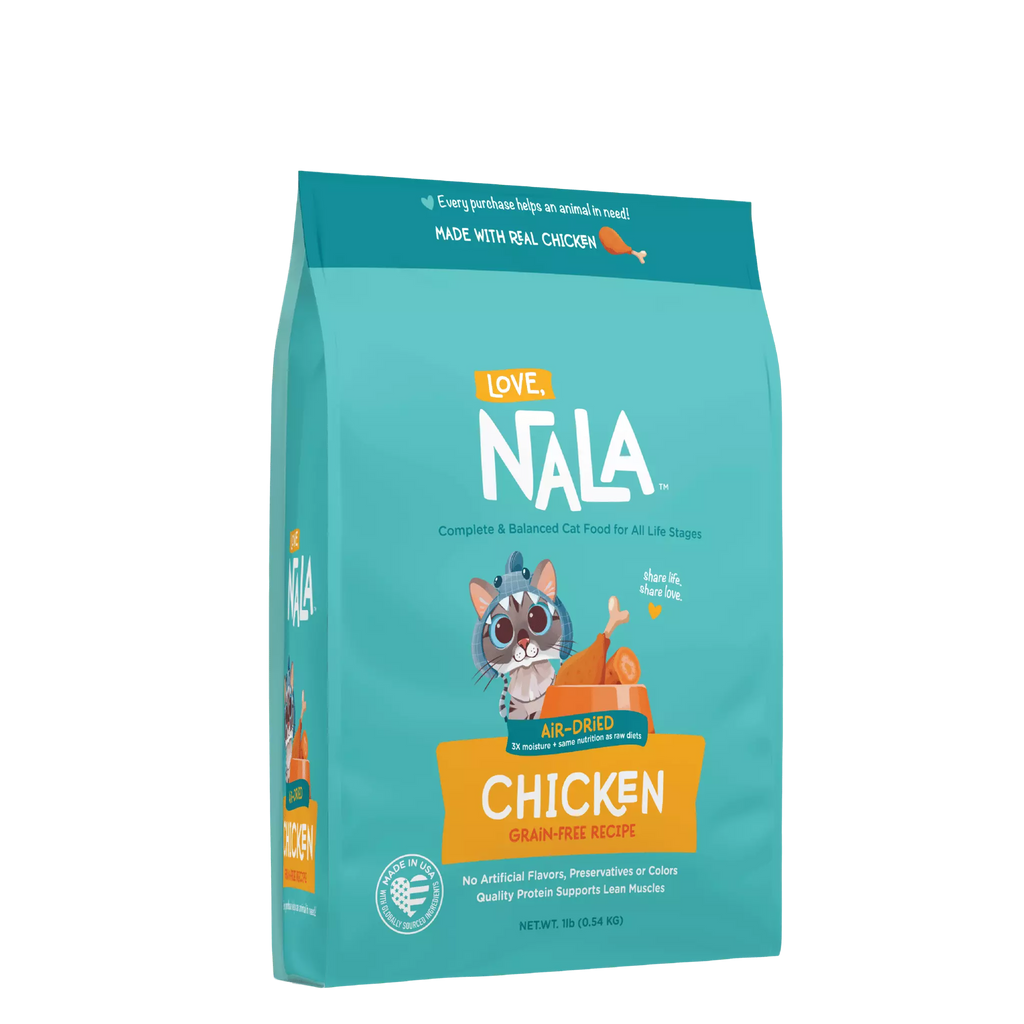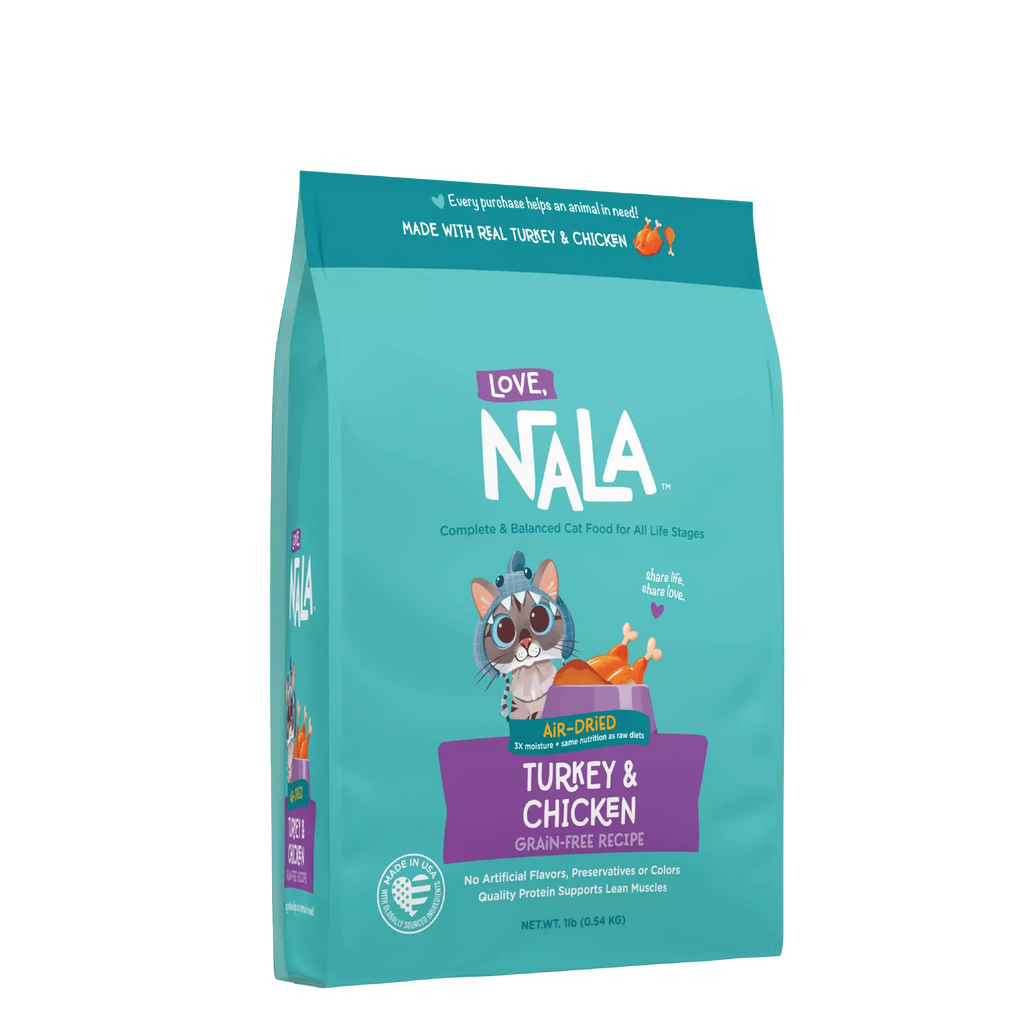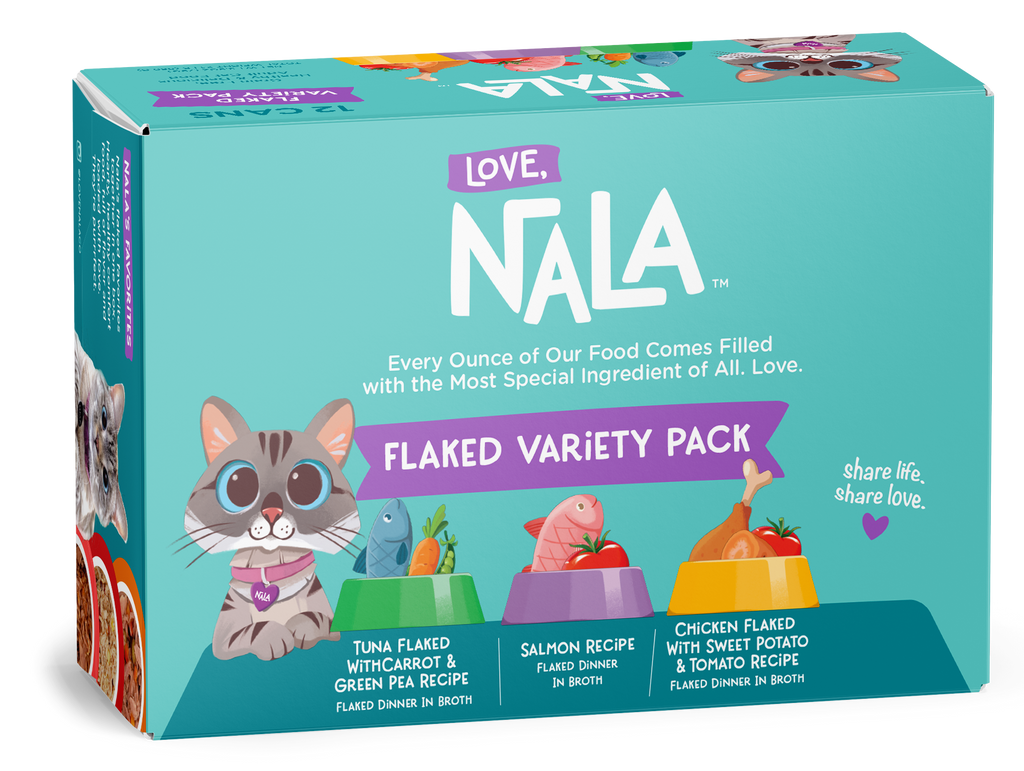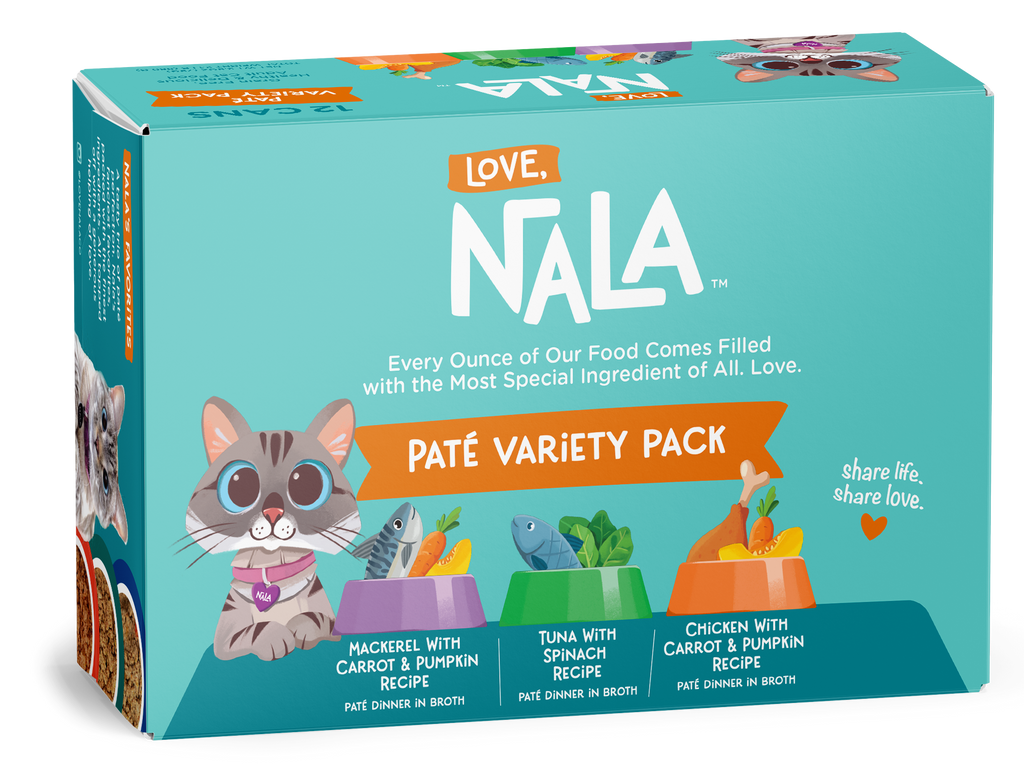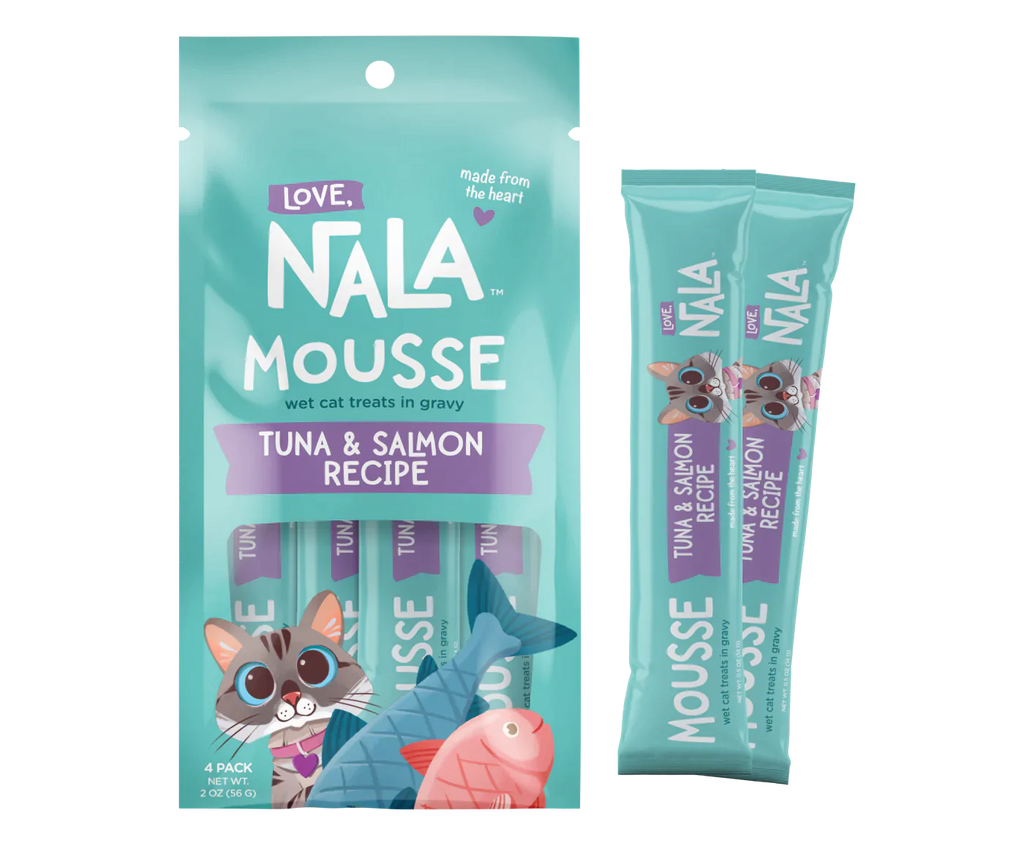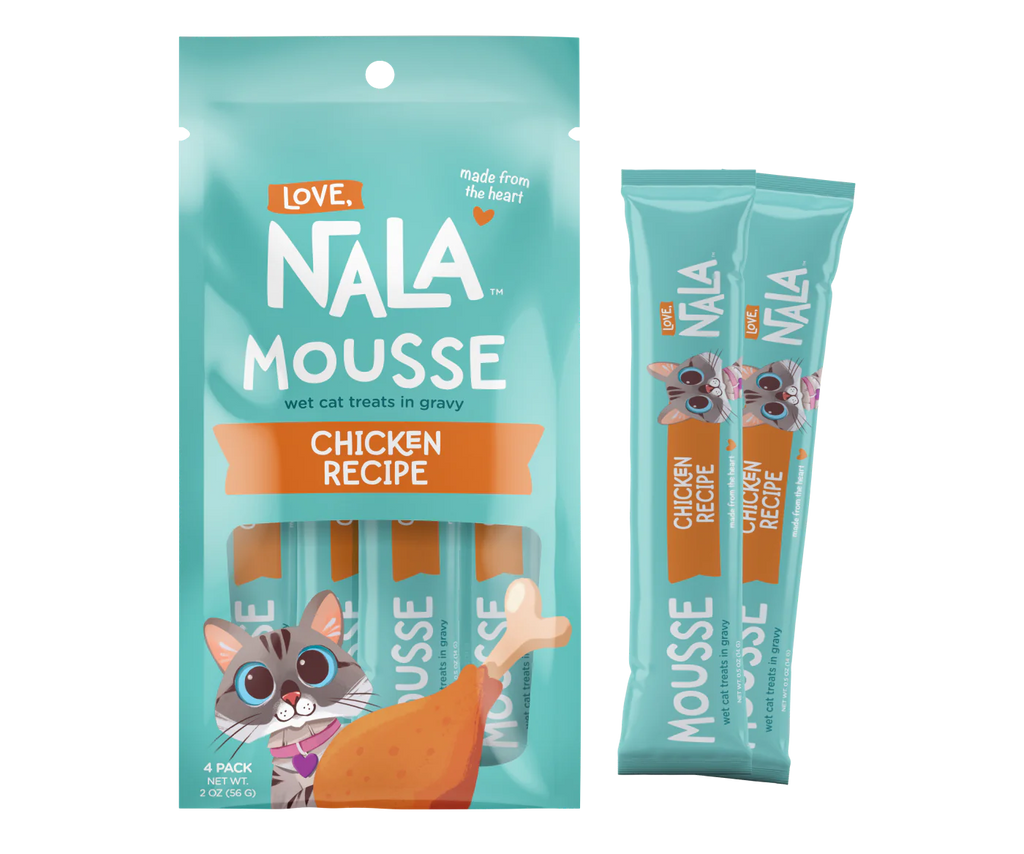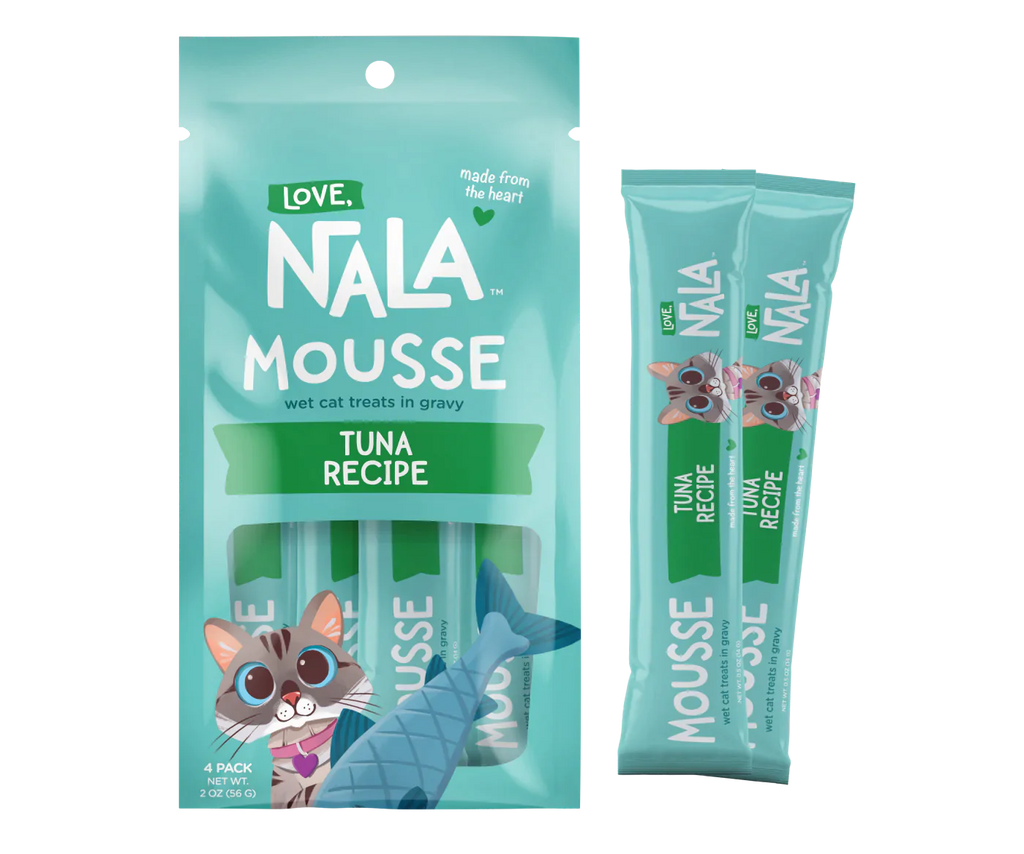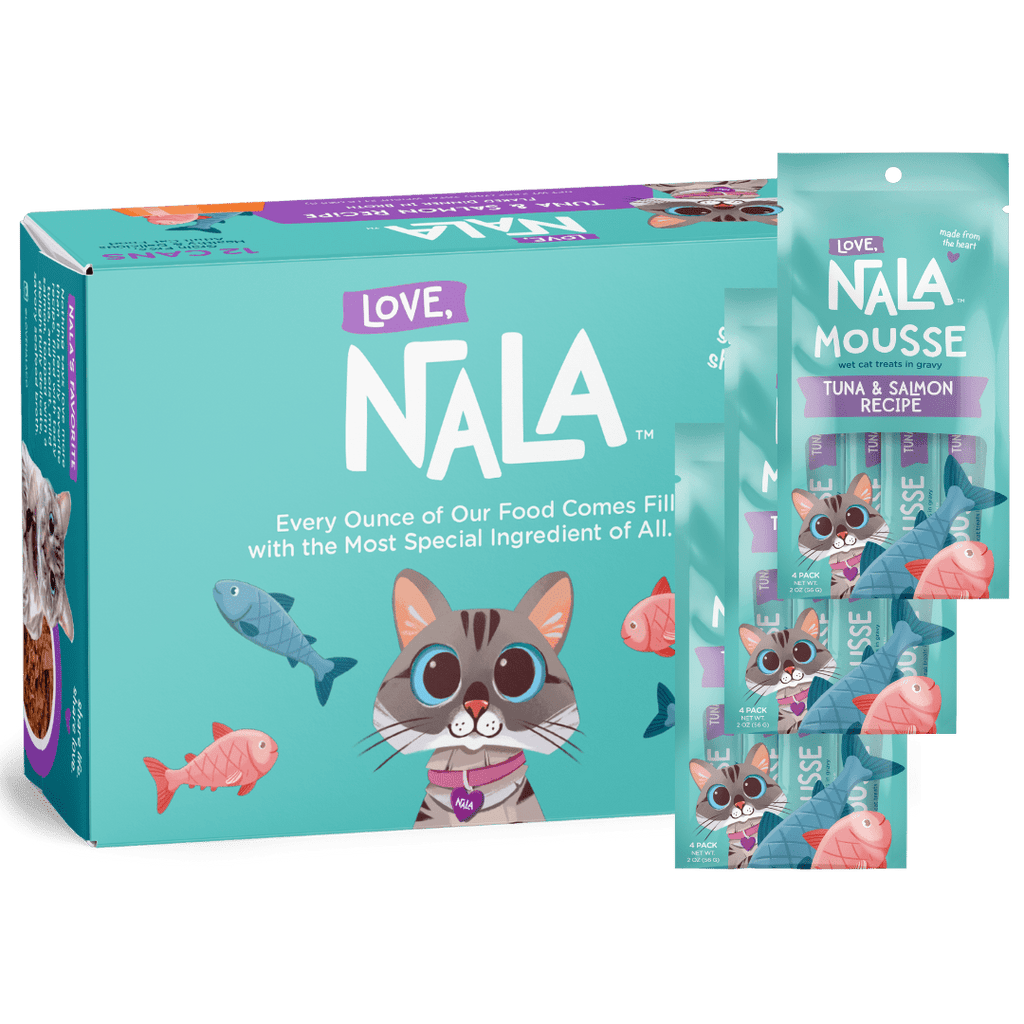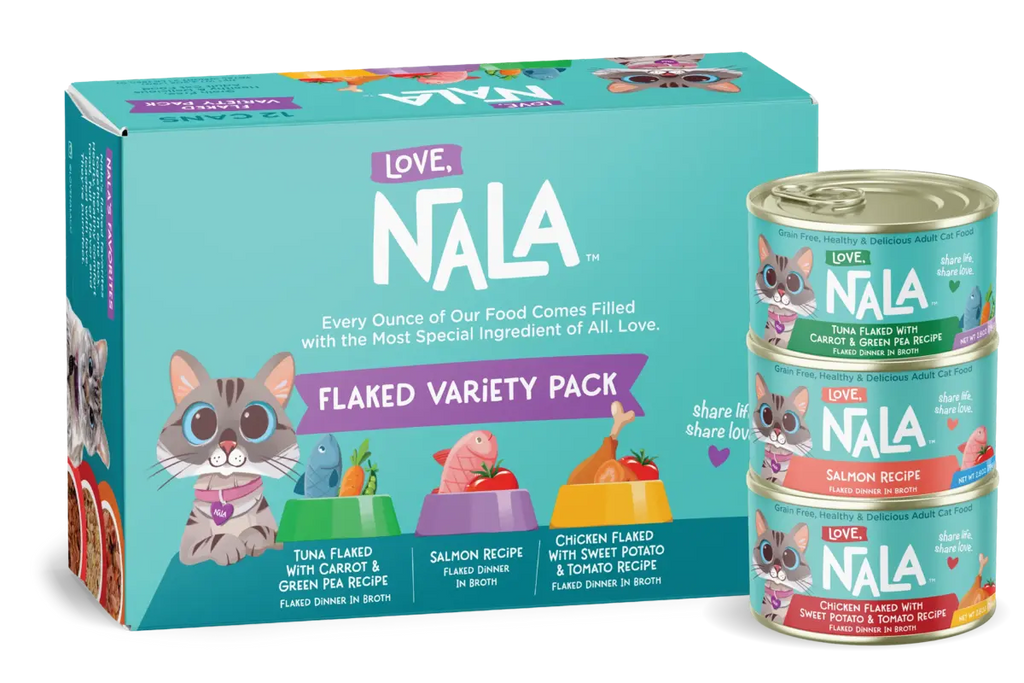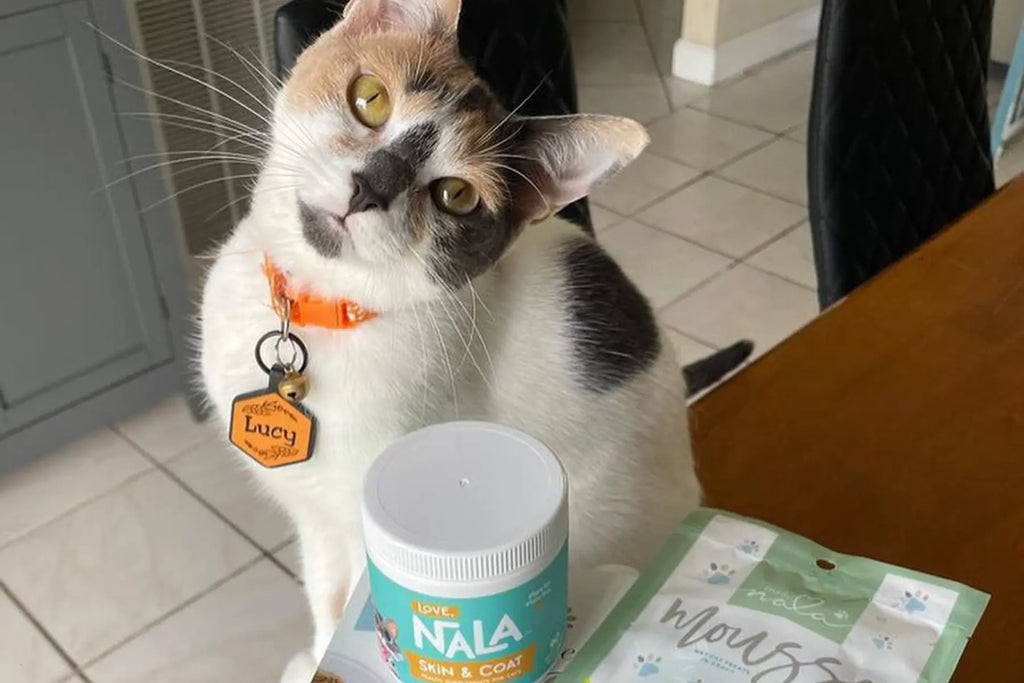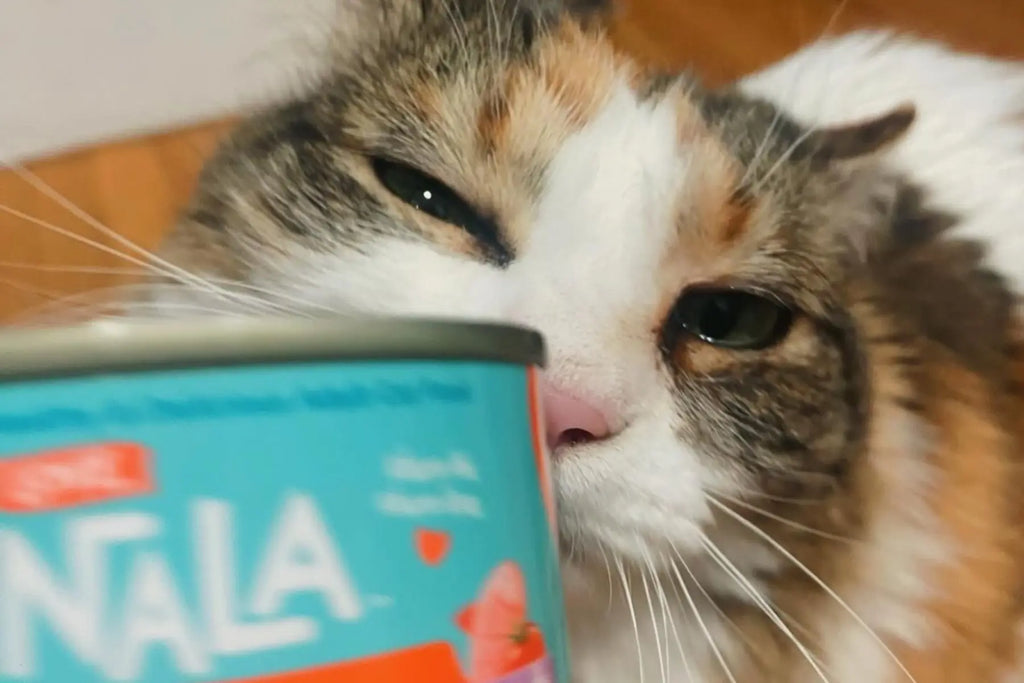Cats are obligate carnivores, which means their bodies are fine-tuned to digest and use nutrients from animal-based proteins. Their digestive system is specialized to process meat, deriving high amounts of energy from protein and fat. This biological setup implies that while cats can consume other food types, like vegetables, their essential dietary needs are met through meat. However, understanding the role of vegetables in a cat's diet can offer additional benefits, providing variety and essential nutrients not typically found in meat.

Vegetable Cats Can Eat Safely
Carrots
Carrots are a great choice for feline friends, as they provide essential nutrients such as beta-carotene, which converts to vitamin A in the body. This vitamin is crucial for maintaining good vision, skin health, and proper immune function. When feeding your cat carrots, it's best to serve them mashed or finely chopped to aid in digestion and prevent choking. This makes carrots not only a safe snack but also a beneficial one for your cat's overall health.
Peas
These are another excellent vegetable safe for cats and can be found in many commercial cat foods. They are rich in vitamin C, which helps protect cells from damage, and vitamin K, which is essential for blood clotting. Additionally, peas provide fiber, which aids in digestion and helps maintain bowel health. Offering peas in small amounts within their food can be a nice way to add variety and extra nutrients to your cat’s diet.
Green Beans
Green beans are a fantastic vegetable good for cats due to their high fiber content and low-calorie count, making them ideal for weight management. These beans can be chopped or mashed and mixed into cat food to add texture and fiber, which promotes satiety and healthy digestion. Green beans also contain essential vitamins like vitamins C and K, which contribute to overall wellness.
Zucchini
It’s gentle on the stomach and can be served cooked or raw, grated into small pieces to avoid any choking hazards. Zucchini is not only easy to digest but also provides beneficial nutrients such as magnesium and potassium, which support nerve and muscle function.
Best Vegetables for Cats
Pumpkin
Pumpkin is highly regarded as one of the best vegetables in cat food due to its high fiber content, which can greatly assist with digestive regularity. Particularly beneficial for cats with constipation or diarrhea, pumpkin can help absorb excess water in the digestive tract or add bulk to the stool. Additionally, its mild flavor is generally well-accepted by cats, making it easy to incorporate into their diet either as a puree or mixed into their regular food.
Broccoli
This is an excellent source of vitamins K and C, as well as dietary fiber, and offers a range of antioxidants that can support overall feline health. These nutrients help protect against chronic disease and bolster the immune system. This ensures they reap the benefits of healthy vegetables for cats without risking gastrointestinal upset.
Spinach
Spinach is packed with nutrients like vitamins A, C, K, and iron, making it a nutritious addition to a cat's diet. However, it should be given in moderation due to its high oxalate content, which can contribute to urinary issues in some cats. When used sparingly, spinach can be a beneficial component of a balanced diet, offering variety and essential nutrients that support overall health.
Bell Peppers
Bell peppers, especially the red variety, are rich in vitamins A, C, and E—making them a vibrant and nutritious addition to your cat's diet. These vitamins are crucial for maintaining healthy skin, coat, and immune system. Bell peppers should be served in cooked, finely chopped pieces to ensure they are easily digestible. Offering this vegetable can add a burst of color and flavor to your cat's meal, making it more enticing and nutritionally rounded.
Good Vegetables for Cats
Cucumbers
These are excellent for keeping your cat hydrated and full without adding a significant number of calories. This crunchy vegetable is mostly water, which can be a fun and refreshing treat, especially on warm days. Cucumbers also provide small amounts of vitamins K and C, which support blood clotting and immune function, respectively. Serving them chopped in small, manageable bits can make cucumbers a delightful snack for your feline.
Sweet Potatoes
A superb source of vitamins A and C, sweet potatoes help support vision, skin health, and the immune system. They are also a good source of dietary fiber, which promotes a healthy digestive system. It's important to cook sweet potatoes thoroughly and serve them in pureed or mashed form to ensure they are easy for cats to digest. Introducing sweet potatoes to your cat’s diet can provide a tasty and nutritious variety.
Avoiding Harmful Vegetables
It's crucial to know which vegetables are not safe for cats. Onions, garlic, and leeks are particularly dangerous as they contain compounds that can cause gastrointestinal irritation and could potentially lead to red blood cell damage. Cats should never be fed these vegetables, either raw or cooked. Knowing which vegetables to avoid is as important as knowing the beneficial ones to ensure the safety and health of your pet.

Vegetable Cats Like
Incorporating Variety Into Their Diet
Introducing a variety of vegetables safe for cats can stimulate their interest and ensure they receive a broad spectrum of nutrients. Rotating between vegetables like green beans, zucchini, and peas can keep meals exciting and encourage cats to try new flavors. This variety not only enriches their diet but also promotes a well-rounded intake of vitamins and minerals.
Signs Your Cat Enjoys a Certain Vegetable
Cats are generally known for their meat-centric dietary preferences, but some felines develop a taste for certain vegetables. Recognizing these preferences can help cat owners provide a more enjoyable and varied diet for their pets. Here are some indicators that your cat may enjoy a specific vegetable:
- Eagerness to Eat: Cats that enjoy a particular vegetable will often exhibit increased enthusiasm around meal times when it's offered. This enthusiasm can manifest as your cat approaching their food bowl more quickly than usual, purring loudly, or showing an excited demeanor as you prepare their meal. Such behavior is a strong indicator of their anticipation and enjoyment of the food, demonstrating a positive association with the vegetable in question.
- Quick Consumption: When a cat consumes a vegetable quickly or finishes all the food in their bowl, it generally indicates that they finds the food appealing. This behavior contrasts with their usual eating habits, where they might be more cautious or indifferent towards new or less preferred food items. Rapid eating suggests that the vegetable is both palatable and satisfying for them, fulfilling both taste and texture preferences.
- Seeking More: After consuming their meal, a cat that remains around the feeding area or vocalizes by meowing can signal a desire for more of what they just had. This behavior shows that not only did the cat enjoy the meal, but they are also interested in having more of the same, reinforcing their preference through persistent seeking behavior.
- Repeated Interest: A definitive sign of preference is when a cat consistently eats a specific vegetable every time it is offered. This consistent choice indicates that the cat has developed a strong liking for that vegetable. Their repeated interest over time confirms that the vegetable meets their taste preferences and possibly provides a comforting or satisfying experience during meal times.
Recognizing these signs can assist cat owners in crafting a diet that caters to their pet’s unique preferences, enhancing their overall well-being and satisfaction. By observing and responding to these behaviors, owners can ensure that their cats receive a balanced diet that includes foods they genuinely enjoy.
Safe Vegetables for Cats
Serving Sizes and Frequency
Moderation is key when introducing vegetables to a cat’s diet. Small servings are ideal, as large amounts can disrupt their digestive system, primarily adapted to process meat. Frequency should also be controlled—starting with a small portion once or twice a week is sufficient to assess tolerance and gradually increase as suited.
Preparation Methods to Ensure Safety
Preparing vegetables good for cats safely is essential to ensure they receive the nutritional benefits without any associated risks. Proper preparation can significantly reduce health hazards and make vegetables a healthy addition to your cat's diet. Here are essential steps to follow:
- Thorough Washing: It's imperative to wash all vegetables thoroughly before offering them to your cat. This step removes any pesticides, herbicides, or fertilizers that could be toxic to your feline friend. Washing helps eliminate bacteria and other pathogens that could cause illness. Use clean, running water and scrub items like carrots and potatoes that have rough skins to remove all traces of dirt and chemicals.
- Proper Cooking: Cooking vegetables before feeding them to your cat is crucial. This process softens the vegetables, making them easier for cats to chew and digest. It's especially important for harder vegetables like carrots and broccoli. Cooking helps break down the cellulose in the plant material, making the nutrients more accessible to your cat's digestive system. Always ensure that the vegetables are cooked without any added fats, spices, or ingredients that could be harmful to cats.
- Chopping Finely: After washing and cooking, vegetables should be chopped into small, bite-sized pieces. This precaution is essential to prevent choking and to ensure that the vegetables are easy for your cat to eat and digest. Smaller pieces are also less likely to cause intestinal blockages and can be mixed easily into regular cat food for those pets that are pickier eaters.
- Avoid Seasonings: When preparing vegetables for your cat, it is crucial to avoid adding any seasonings, oils, or salts that are typically used in human cooking. Ingredients like onion, garlic, and excessive salt can be very harmful to cats, potentially leading to toxic reactions or serious health issues. Always serve vegetables plain to ensure they are safe for your pet.
Incorporating these steps into your routine when preparing vegetables for your cat can significantly enhance their safety and digestibility. This careful preparation ensures that your cat can enjoy the health benefits of vegetables without the risks that come with improper food handling.
Monitoring for Adverse Reactions
Monitoring your cat after introducing new cat vegetables is crucial. Watch for any signs of gastrointestinal distress, such as diarrhea, vomiting, or constipation, as well as more general signs of discomfort including lethargy or changes in appetite. It's also important to look for signs of possible allergic reactions, such as itching, swelling, or difficulty breathing. Each new vegetable should be introduced separately, with a few days in between, to accurately pinpoint any food that causes a negative reaction. Keep a detailed food diary noting what vegetables are given, in what quantity, and any reactions observed.
Should any adverse reactions occur, it's imperative to act swiftly. Remove the suspected vegetable from your cat's diet immediately and assess whether the symptoms improve. If symptoms persist or if the reaction is severe, such as in the case of an allergic reaction with respiratory symptoms, contacting a veterinarian as soon as possible is crucial. Your veterinarian can offer advice on dietary management and, if needed, prescribe treatments to alleviate symptoms.

Introducing Vegetables into Your Cat’s Diet
Mixing Vegetables with Regular Cat Food
To make vegetables cats can eat more appealing, mix them with your cat's favorite regular food. This not only enhances the flavor but also helps your cat get used to the texture and taste of new vegetables in their diet. Ensure that vegetables make up only a small part of the meal to maintain a nutritionally balanced diet primarily based on animal proteins.
Homemade Cat Food Recipes with Vegetables
Creating homemade food that includes vegetables that are good for cats can be a rewarding way to cater to your cat's nutritional needs. Use vet-approved recipes to ensure that the meals are balanced and nutritious.
Tips for Meal Prep and Storage
Efficient meal prep and proper storage are key to maintaining the freshness and nutritional quality of homemade cat food. Prepare batches of food that can be refrigerated or frozen in portion-sized containers. This makes feeding easier and ensures that the food remains safe and nutritious. Always thaw meals in the refrigerator overnight rather than at room temperature to prevent bacterial growth.
As cat owners, we're constantly looking for ways to improve the health and happiness of our pets. Incorporating vegetables cats like into their diet is a simple, effective way to add variety and essential nutrients. Even small quantities of the right kinds of vegetables can make a significant difference in their well-being, helping to prevent disease and manage weight.
